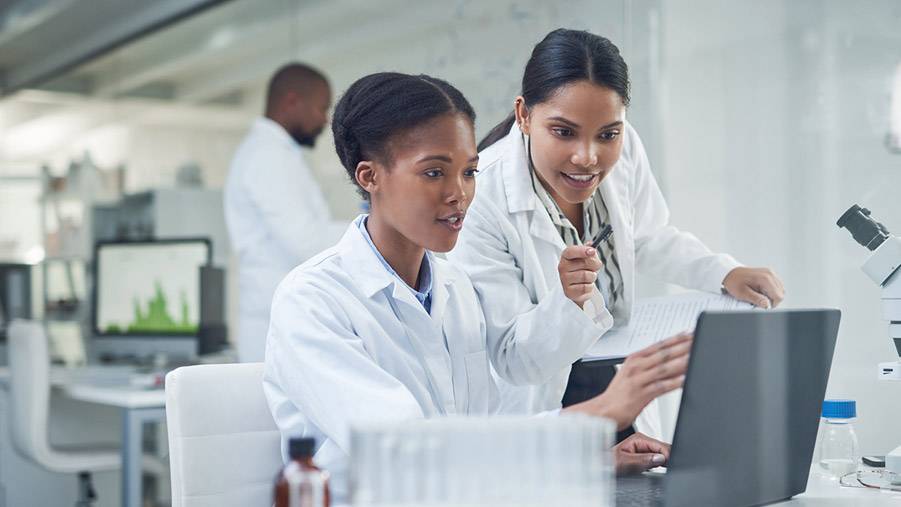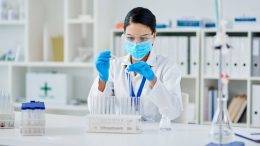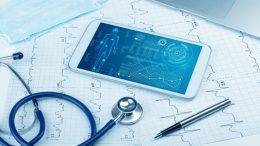Drug-related issues are dealt with pharmacovigilance (PV), which includes identifying, comprehending, and avoiding negative consequences. The main objective of PV is patient safety. The danger of side effects is present with many prescription medications.
Doctors and researchers must be wary of any severe side effects, even if the benefits outweigh the risks. A successful PV system collects, assesses, and disseminates medication safety information to minimize patient risk as early as feasible. PV can affect both drugs that are approved and those that are still in clinical studies.
Healthcare practitioners, public health specialists, and other professionals need accurate and recent safety information on drugs associated with COVID. PV is more essential than ever during the COVID-19 pandemic. Trials for COVID vaccinations and potential treatments are being carried out globally.

The COVID-19 pandemic’s present issues have also led regulatory bodies to re-evaluate their standards and highlight the significance of electronic reporting to facilitate data interchange for patient safety. The support of local teams allows for prompt and proactive communication with established contacts at regulatory agencies to arrange alternative measures promptly, which is of the utmost importance during this period.
A dedicated safety intelligence team also enables an established communication channel with authorities.
- Pandemic on a global scale
The most critical aspects of drug research and regulation are because of COVID-19. The regulatory authorities and pharmaceutical companies are competing to discover a treatment for this deadly virus.
The growth of social distancing practices is quickly altering the conventions of the pharmaceutical sector, necessitating new procedures and techniques for conducting clinical studies.
- COVID-19 pandemic lessons learnt to create a robust drug safety reporting system
1. The significance of online reporting:
This pandemic serves as a reminder of the superiority of electronic or paperless reporting.
2. The significance of a strong and adaptable intelligence procedure
For a sponsor to avoid interference with project activities, including fulfilling obligations for patient safety, access to current regulatory intelligence is essential. To guarantee compliance and quality, it can help to have a robust procedure for maintaining regulatory knowledge, a quick change-implementation process, and a reliable system for entering rule-based choices.
3. Established channels of contact with agencies
In addition to ongoing monitoring of regulatory notifications, proactive engagement with agencies enables agencies, sponsors, and CROs to better comprehend one another’s needs and the difficulties they face.
4. The automated submission oversight system
A system that performs automated reporting assessment assists with generating and prioritizing tasks prepares submission packages, and can send communications to various teams for translation, courier, agency portal submission, or legal representative signature is essential for submission oversight. Automation significantly reduces human error in complex work environments during the pandemic.
As time goes on, the stakeholders in the pharmacovigilance sector are putting more effort into effective regulation. Since healthcare practitioners are now making every effort to reduce the COVID-19 strain, remote reporting and data collection have been designed for increased efficiency and patient accessibility. Pharma employees are using the internet as a service to collect adverse effects remotely. Patients’ active participation in safety reporting on social media and company websites has signaled the seizing of a chance with enormous future potential.
- Drug surveillance during COVID-19
Considering the global health crisis, it is critical to monitor the safety of medications, vaccines, and medical devices. The stakeholders in pharmacovigilance and drug safety have been actively working towards monitoring their safety, while the healthcare businesses in every country are intent on developing effective vaccines.
However, due to pandemic-related operational disruptions, the pharmacovigilance sector has been dealing with ongoing difficulties in its operations. The pharmaceutical industry has been under pressure to develop COVID-19 medications and vaccines because of the unstable nature of the issue, which calls for clinical therapies.
The pharmacovigilance industry oversees monitoring unknown short- and long-term adverse drug reactions, which are critical in determining the effects of drug and vaccine use. This is done to identify a solution quickly. Adopting a strong safety strategy and a long-lasting pharmacovigilance mechanism is, therefore, urgently necessary to meet the issues.
Unfortunately, even essential work like pharmacovigilance has been affected by the pandemic. For example, numerous clinical trials have been halted or postponed due to local or national lockdowns, personnel quarantines, supply chain issues, and various other challenges.
This intends to minimize the workload for overworked medical professionals and keep pharmaceutical business operations continuous.
- Pharmaceutical Monitoring Beyond COVID-19
PV has faced several difficulties because of COVID-19, though there are opportunities. Some pharmacovigilance experts believe this pandemic may help bridge the gap between pharmacovigilance and medical care.
Physicians are frequently asked to make therapeutic choices during the COVID-19 crisis. The prompt analysis of this data will assist in giving professionals the direction they urgently require to keep their patients safe.
It is also crucial for the PV community to share information. Resources can benefit from the assistance of well-funded PV teams. Data sharing could be beneficial for nations on the other side of the globe by enabling access to PV databases. Such partnerships may continue long after this pandemic has ended, potentially enhancing patient safety for millions of people.
Honesty and transparency will be essential as the pandemic approaches its second year. Both a challenge and an opportunity exist for PV to identify and correct erroneous information as well as properly convey risk to both the public and healthcare professionals.
- Innovative Projects for the Future
The pharmacovigilance community has responded to the pandemic with speed. As a result, a solid knowledge base of risk-free illness therapies should be developed.
The primary goal is to guarantee that patients receive the COVID-19 treatments and medical supplies they need as soon as feasible.
Big data analytics is being used to combat COVID-19. This refers to the thorough study of data gathered from numerous sources. Professionals in pharmacovigilance will be able to exchange safety information in a productive and timely manner. A good illustration is the mandated usage of the ISO ICSR protocol for reporting specific instances of possible adverse effects. The substance, product, organization, and referential (SPOR) data master data domains are the four domains of master data used in pharmaceutical regulatory processes and the ISO IDMP standards.
Pharmacovigilance will also continue to attract more patient interest. By actively involving patients in decision-making, our healthcare system will become more and more participatory. The pharmacovigilance system will undoubtedly change as patients become more proactive, making it even more patient-centric. Finally, the WHO has created collaborating centers designed to promote PV worldwide. These centers are responsible for Drug Monitoring, Statistics and Methodology, PV Advocacy and Training, PV Practices Strengthening, PV in Education and Patient Reporting, and PV in Practices.
Are you looking for support? Sollers College is ready to help you find the best career in a PV career.

